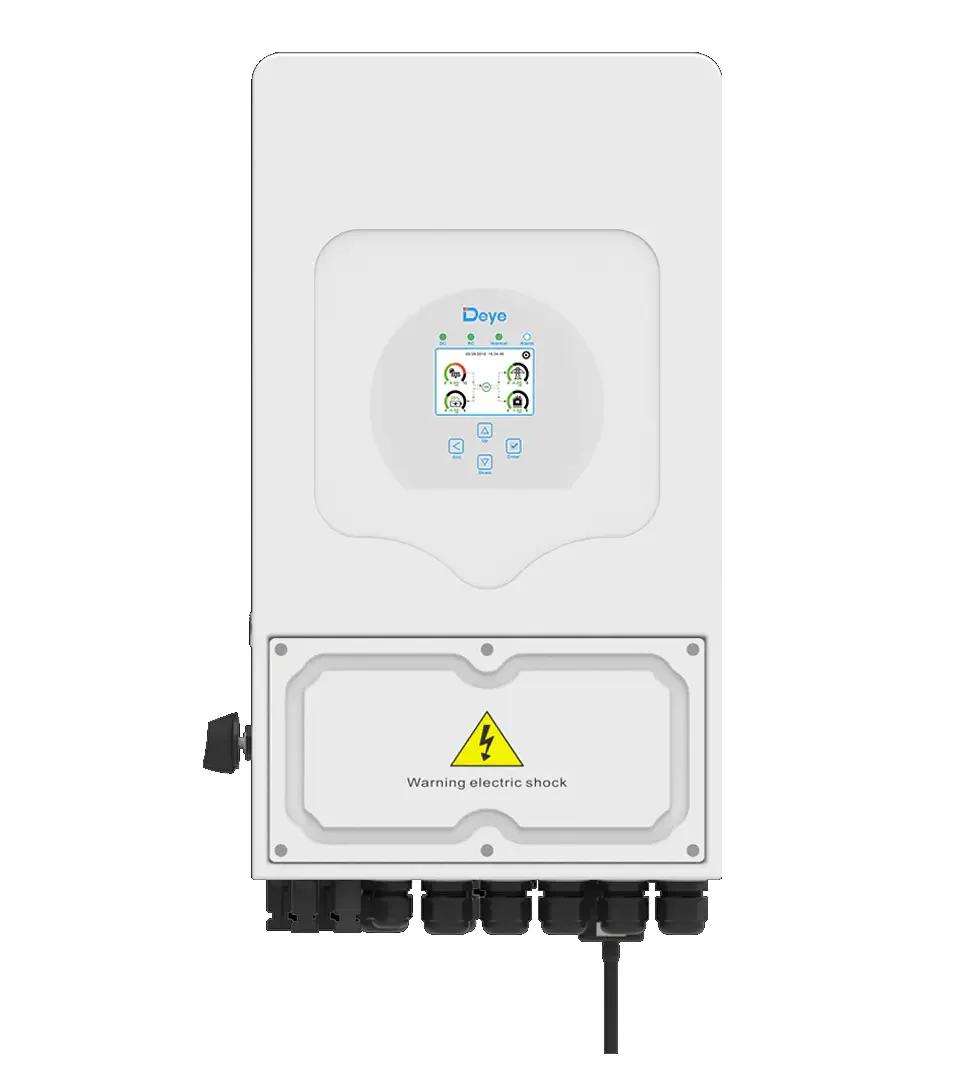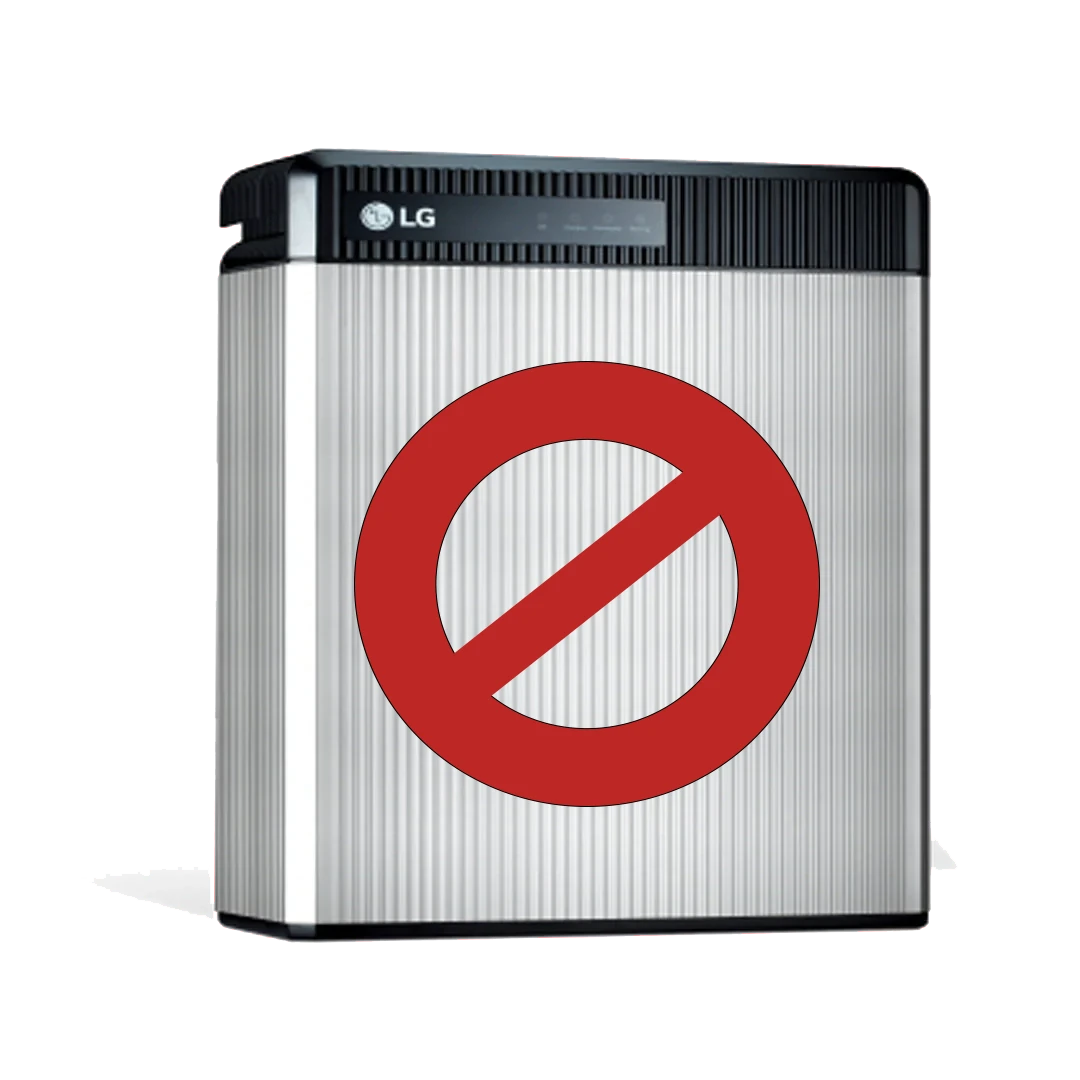Cheaper Home Batteries Program : LABOR 2025 FEDERAL ELECTION
On Sunday the 6th of April 2025, Federal Labor announced the Cheaper Home Batteries Program if elected promise.
The smoothing out of rooftop solar on the grid would likely reduce the need to upgrade network infrastructure and, it would follow, put downward pressure on network costs, which make up a large part of the retail energy bill that is paid by consumers.
POTENTIAL SAVINGS
A household with existing rooftop solar panels could save up to $1,100 annually* based on Labor quoted figures here
Explanation – Purchasing a battery should save $5,500 over 5 years, or up to $11,000 over 10 years. This includes the subsidy.
A home installing both new solar panels and a battery could save as much as $2,300 each year. These numbers are quoted again by Labor here
Cost analysis by ourselves looking at existing systems we have installed indicates that these savings could be a lot greater, especially for high users in the Ausnet power grid as mentioned by uncommonsolar on their detailed article . With peak prices of up to 50c per kWh some households could save up to $2100 a year on a battery install alone.
Scenario 1 – Deye 10 Year Warranty CEC Approved
Let’s say you install 2 x DEYE 6Kwh Wall Batteries, a Total of 12Kwh which is what we consider as an entry level battery size, Typically, it might cost approx $9,000-10,000 installed. Under the rebate, the price could drop by about $3000, making it dramatically more affordable. This rebate could slash solar batteries cost, significantly improving return on investment and shortening payback periods to less than 5 years for some customers after applying the proposed federal solar battery rebate.
The typical battery size is quoted as being 11.5Kwh, this is referenced in various places, common battery sizes are 5kwh of which most houses will purchase between 2 and 6 for a total 10-30Kwh
Alternative Battery sizes are 10kwh, 12Kwh, 14.3Kwh, 15Kwh and 16Kwh
Our LiFePro 16Kwh battery is our most popular battery for a couple of important reasons, we use large primsatic cells, such as the EVE 314ah cell with 8000 cycles , or the Hithium 10000 cycle 314Ah cell. We mention this because when you investigate the manufacturer datasheets, most 100ah cells which are the main cell used in smaller 5kwh batteries, then generally only support 3500-5000 cycles.
Summary – Using larger cells, leads to longer life based on manufacturer testing.
More about the Labor Battery rebate if elected
Mechanism: The program, starting July 1, 2025, if elected will offer a 30% discount on the cost of installed batteries through the existing Small-scale Renewable Energy Scheme. This could save around $4000 on a typical battery installation.
Beneficiaries: Households, small businesses, and community facilities are eligible.
Residential – Batteries up to 50Kwh
Small Business – Batteries up to 100 kWh are supported for businesses and facilities.
References –
- “Huge win:” Federal Labor unveils $2.3bn plan to slash home battery costs
https://reneweconomy.com.au/huge-win-federal-labor-unveils-2-3bn-plan-to-cut-home-battery-costs-by-30-pct/ - Labor to deliver one million energy bill busting batteries
https://alp.org.au/news/labor-to-deliver-one-million-energy-bill-busting-batteries/
Assumptions made
- The average price of a low cost battery is about $531.43 per Kwh
- After Rebate = $372 per Kwh
- The average price of a high cost battery is $700 per Kwh
- After Rebate $490 per Kwh
- The cost of a LiFePro 16Kwh Battery is $374 per Kwh
- After Rebate $262.45 Per Kwh
💰 Battery Cost Comparison Table (Per kWh)
Battery Type | Total Size (kWh) | Cost per kWh | Cost per kWh After 30% Rebate | Price |
|---|---|---|---|---|
Low-Cost Battery | 5.12 | $531.43 | $372.00 | $2,720 |
High-Cost Battery | 5.12 | $700.00 | $490.00 | $3,584 |
LiFePro 16kWh | 16 | $374.00 | $262.45 | $5999 |
2 x DEYE 6kWh | 12.24 | $550.00 | $385.00 | $6600 |
Expected Savings:
Households with existing solar could save up to $1,100 annually.
Households installing new solar and battery systems could save up to $2,300 annually.
For all the latest news on the Cheaper Batteries Program sign up to our mailing list with all the latest news
Cheaper Batteries Updates and News
For the official statement from Labor, you can visit the page here: Labor to Deliver One Million Energy Bill Busting Batteries







